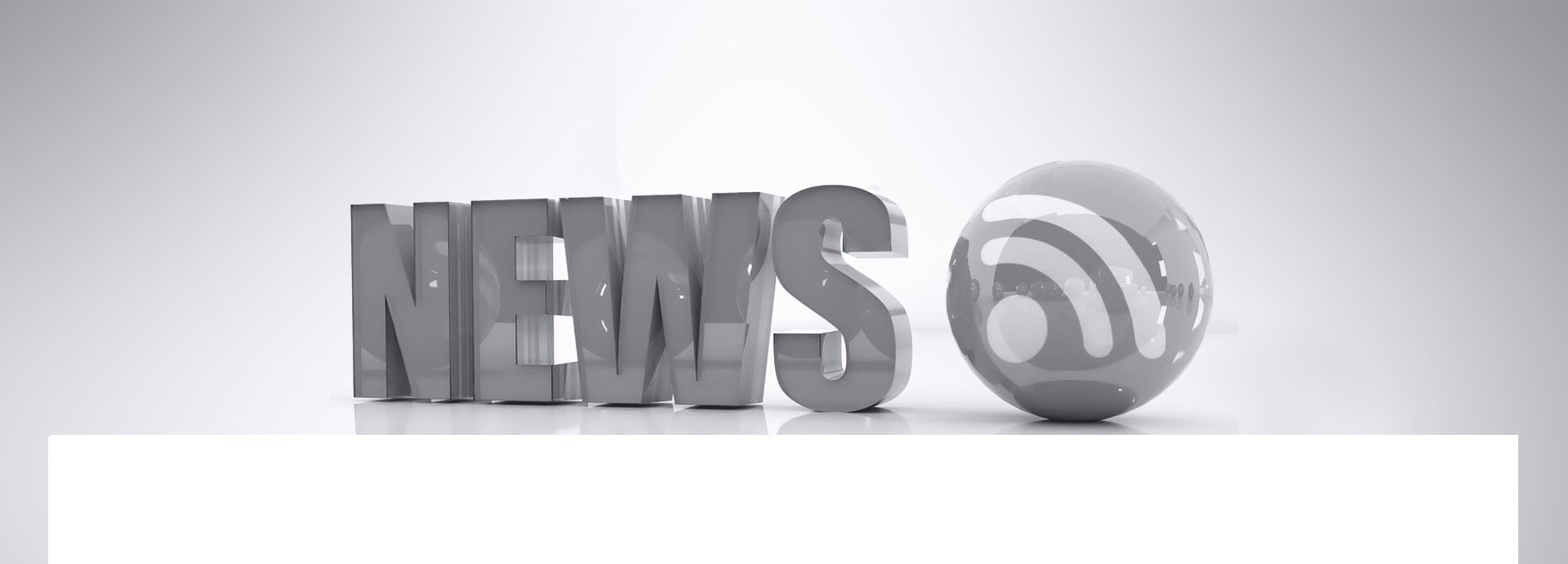How Does it Improve Laser Cut Metal Parts
Burrs and burrs are the most common workpiece faults encountered by laser cutters when machining metal. Burrs can seriously affect the accuracy of the workpiece and can even be eliminated outright. Professional deburring machines are now available, which can add to your production cost. How can we make our workpieces of higher quality? Or how to remove burrs when they appear?
I will tell you about my solutions next.
The leading causes of burrs on Laser cut metal
Burr formation for two reasons.
- Not started air assisted: the slag produced during the cutting process is re-absorbed on the metal surface due to heat. By the time the slag has cooled down, a burr is formed.
- Incorrect parameter settings: equipment capacity, parameter settings, etc., also affect the cutting effect
The metal material also affects the formation of the burr. Choosing an experienced machinist who can use his experience to minimise the probability of burrs is also crucial.
Reducing the chances of burrs in Laser cut Metal Parts
- Use of auxiliary gases
Use a high purity gas. Nitrogen is recommended. Nitrogen is flame-retardant and does not oxidise, ensuring a smoother cut when the air assist is switched on. At the same time, nitrogen hardly reacts with other gases or metals to make the cut surface brighter. - Setting the correct parameters
Have a professional operator adjust the machine parameters until you can continuously cut perfect metal parts. You can do this in terms of speed, power, etc. However, the machine will wear out or lose performance after an operation, requiring you to retest it and change the cutting parameters. - Check the focusing lens
Ensure the focus is in the correct position to do the cut more accurately. You will need to keep tuning and adjusting to the time. - Machine operation
Ensure the machine is faultless and can run orderly and efficiently.
The importance of removing burrs from laser cut metal parts
Whether you use the burr-bearing parts directly or choose to throw them away, neither approach makes much sense. The biggest advantage of removing burrs from laser cut Metal Parts is saving on production costs. Because there are so few parts with burrs in laser cut metal, many factories do not consider it worthwhile to waste time and manual effort to remove them specifically. Let me give you a few good reasons for this.
- Cost saving: burr metal parts are not defective and only need to be polished before can put them into service.
- Safety: If you ignore the burrs on the metal, you can use the metal parts directly in the production of the machine. This can affect the seal and increase the friction between the metals, affecting the machine's efficiency.
There are many ways to remove burrs, some of which do not take too much of your time. On the contrary, deburring can improve the quality of your metal parts and make your machine more competitive.
How to remove burrs from laser cut metal
Many precision parts require a high level of finish on the surface of the metal part. Deburring is a very critical step. There are many unique processes available for deburring parts. In the following, we outline some of the methods of deburring.
- Manual deburring
You will need thick gloves, sandpaper, or a file for the operator, and then remove the burr by sanding it down. This method is suitable for small batches of metal parts with simple designs. The disadvantage is that this method is time consuming and needs to allow precise control of the precision of the metal part. - Mechanical removal
Metal burrs can be polished and ground using mechanical tools. Mechanical deburring is more efficient, although each method has its disadvantages. For example, "grinding" is only suitable for removing burrs from the surface of metal parts, "hole" is suitable for removing burrs from metal holes, and can only use abrasive belts in specific areas. - Tumbling and stamping
This operation requires you to purchase a specialist finishing machine. The machine uses water or other media to tumble and rub against the metal parts. This method is suitable for machining many identical parts in one piece. It has the disadvantage that the removal speed is slow and may require further polishing or painting after production is complete. - Electrochemical removal
The metal part with the burr is placed in an electrolytic solution, and the voltage and current are controlled to dissolve the burr slowly. - High Temperature Removal
This method uses gaseous fuels to remove hard-to-reach areas from metal parts easily. High temperatures are suitable for removing small burrs. - Cryogenic removal
The frozen part makes the burr brittle, and the machine then removes the burr. - Brushing
Essentially the same principle as manual deburring, in that the tool is rubbed against the metal surface to remove the burr.

